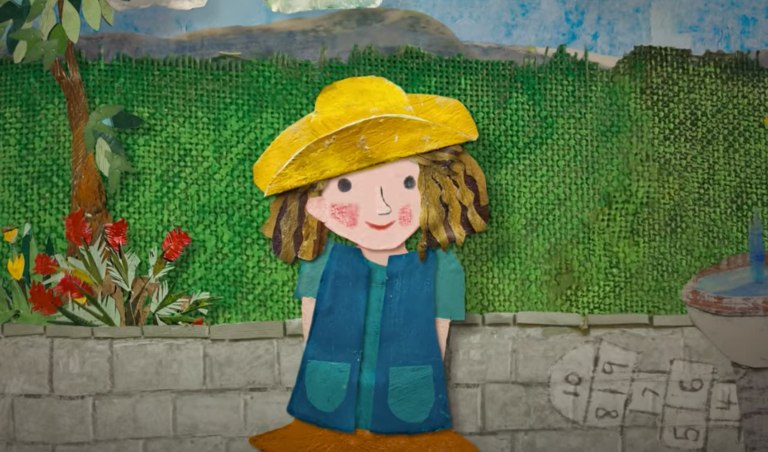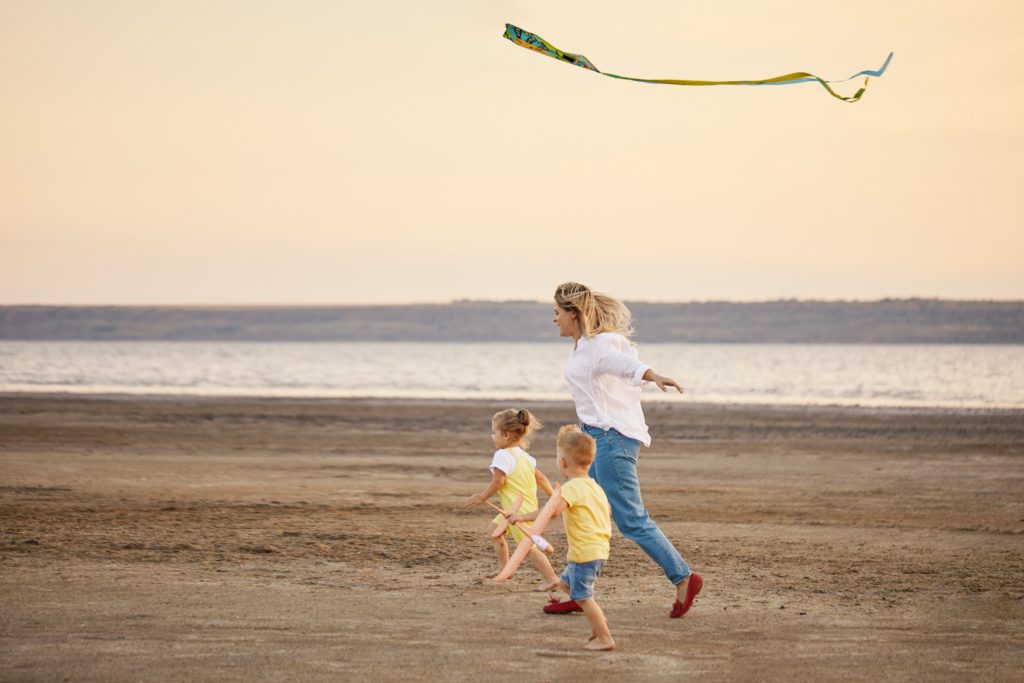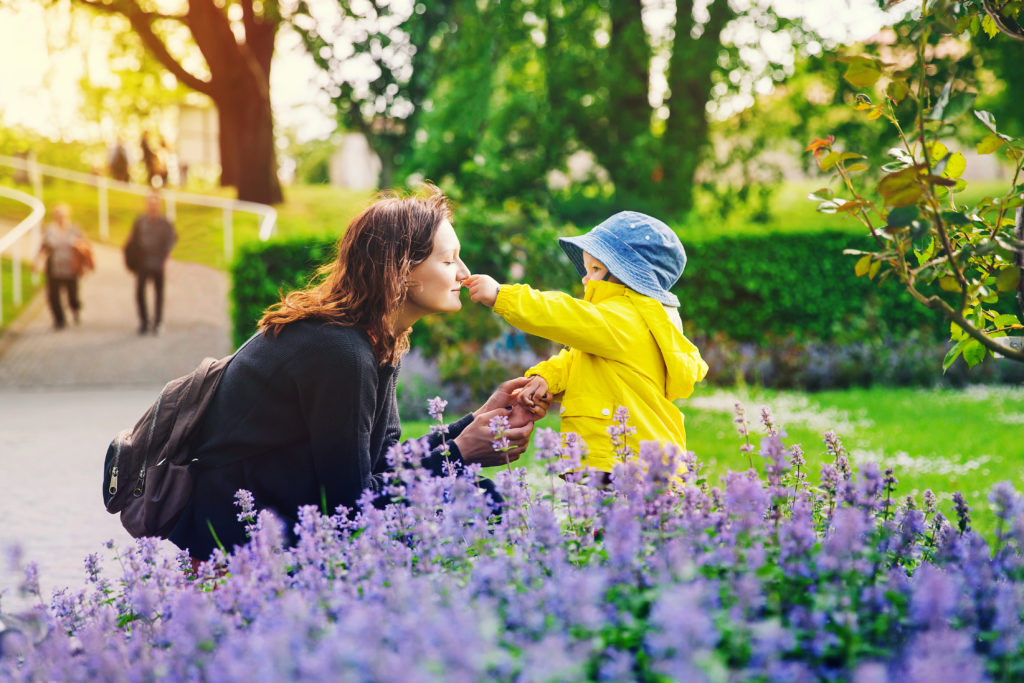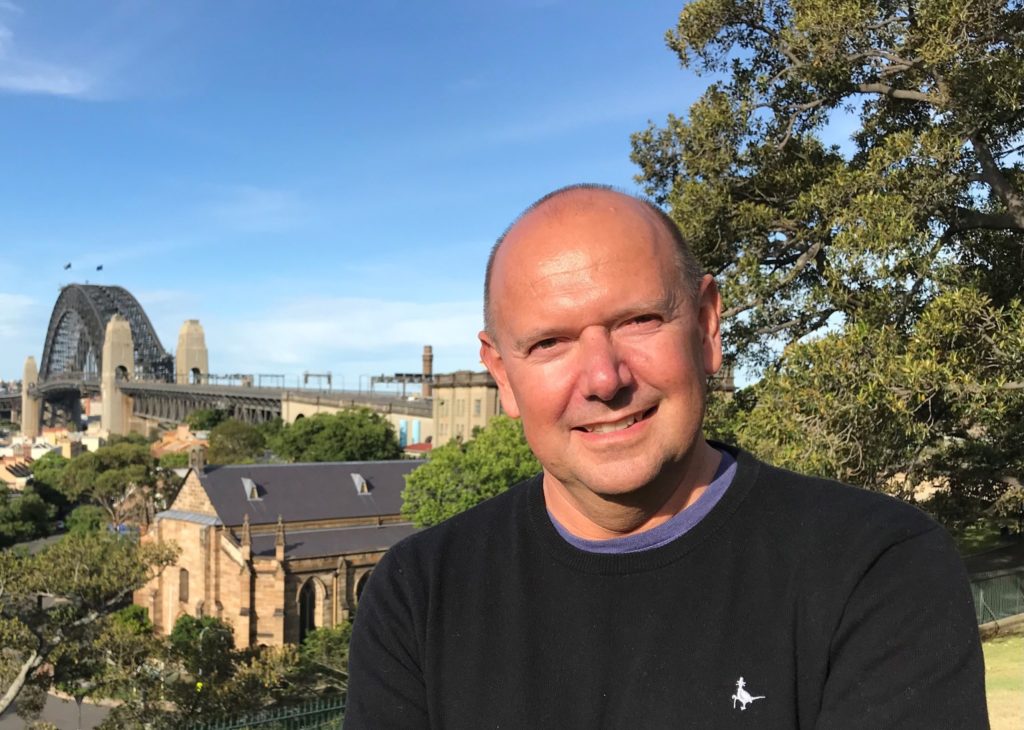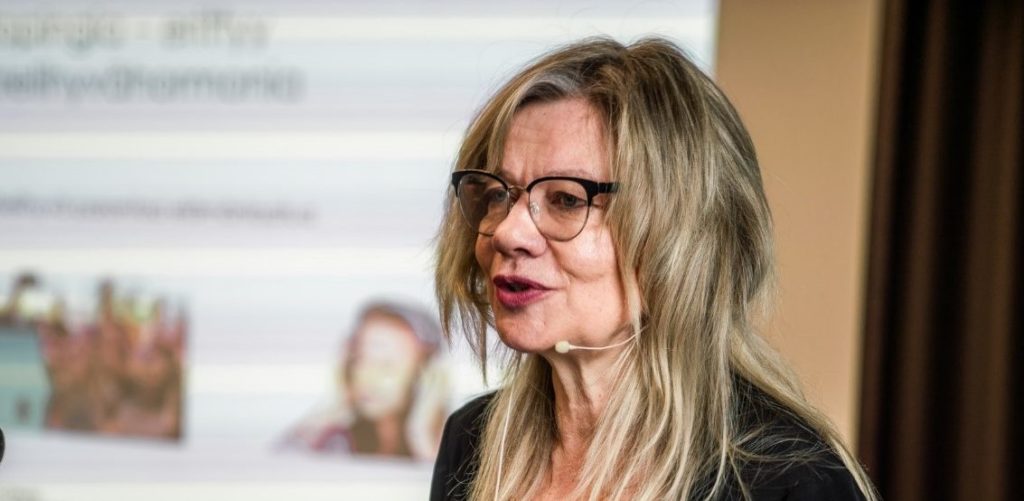When acclaimed Australian author Libby Hathorn crossed paths with a young girl with hearing loss, Libby was so overcome by the girl’s experience, that she wrote a sensorial story about it.
What Rosie Hears follows the journey of a little girl, before and after her cochlear implant surgery, and the extraordinary new world of sounds that she experiences afterwards.
As a prize-winning author of more than 70 children’s books, some of which have been adapted for films, plays and operas, Libby is no stranger to storytelling.
This project uses digital animation to bring together the story, music and art, creating a sensorial experience that celebrates the sounds that Rosie can suddenly hear.
“After her operation for a cochlear implant and after care, Rosie marvels at what she can hear just around the house – her own footsteps, laughter, music – and is equally alarmed by noises such as the toilet flushing and a garbage truck going by.”
Libby draws attention to the revelation in every simple sound Rosie hears – from her gurgling baby brother to the sliding musical notes of the piano, and even the sounds of making a cake. The “grating coconut” and “sloshing of milk” to the “thud of butter” and “the delicious trickle of melted chocolate.”
“What I was interested in was that journey going from the non-hearing world for Rosie, into the hearing world where so many sounds would be new,” says Libby. “And the importance and joy of all our five senses.”
The playful animation is a collaboration with fine artist illustrator Bethany Macdonald, inspired animator Hamish Gilbert, and one of Australia’s most eminent musical composers, Elena Kats-Chernin, who wrote the score to What Rosie Hears.
The story is also one of friendship, as Rosie gradually finds the confidence to play with Isabel, the girl next door.
As such, the story is deeply personal to Libby, whose inspiration for the project comes from her desire to educate others about cochlear implants and to destigmatise hearing loss, particularly among children.
Libby’s granddaughter Isabel is a cochlear implant recipient. And it was through Isabel that Libby met the real-life Rosie, at an event run by The Shepherd Centre, a not-for-profit organisation in Australia that supports children with hearing loss.
As for Rosie, she says it’s been an “absolute pleasure” to be asked to be a part of the project. “I hope that it creates the awareness and support that it so deserves to give children like myself and Isabel the benefit and help we deserve.”
Watch What Rosie Hears on YouTube
(Cochlear is not owner of this content.)
